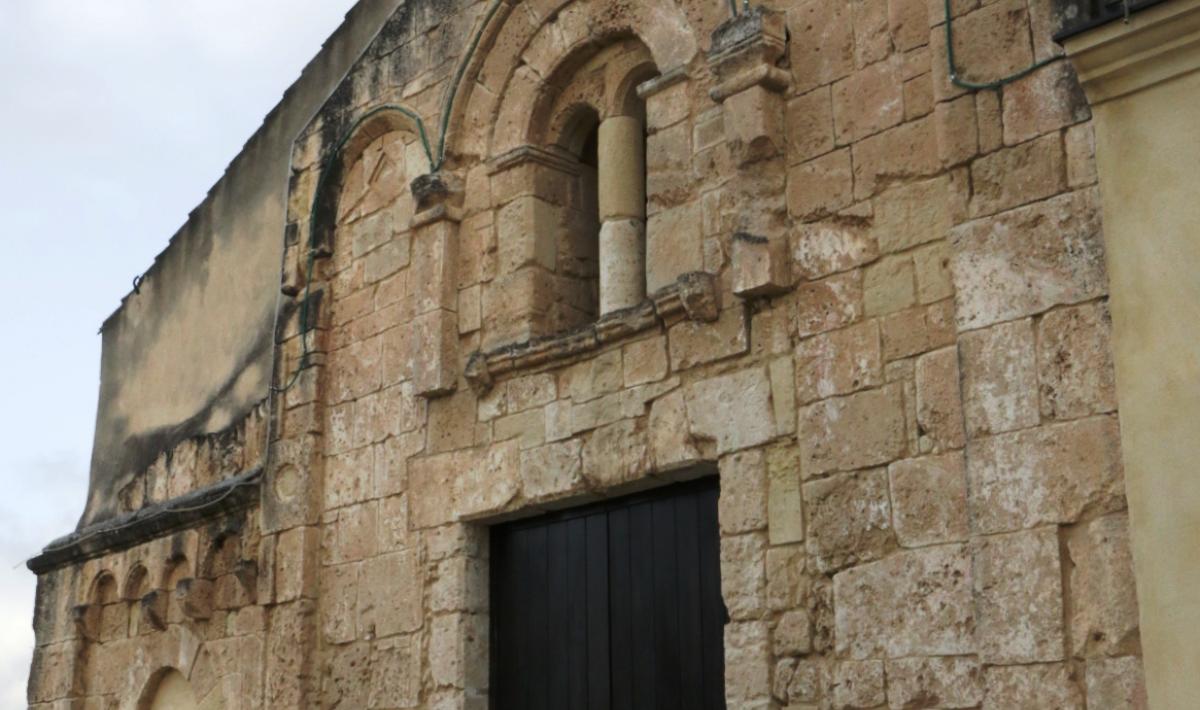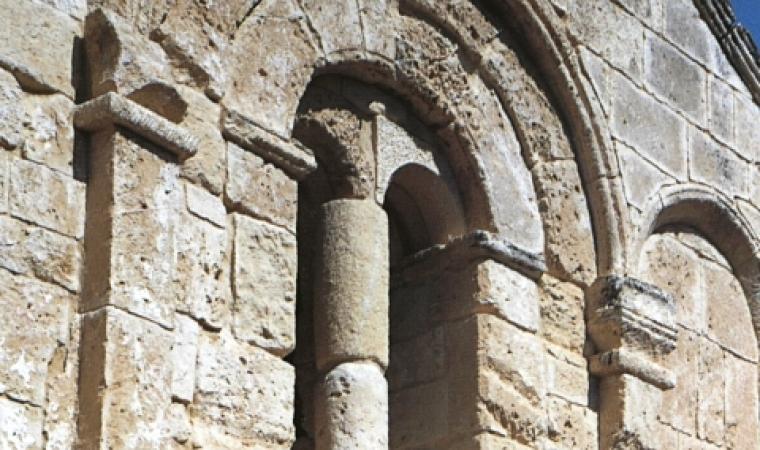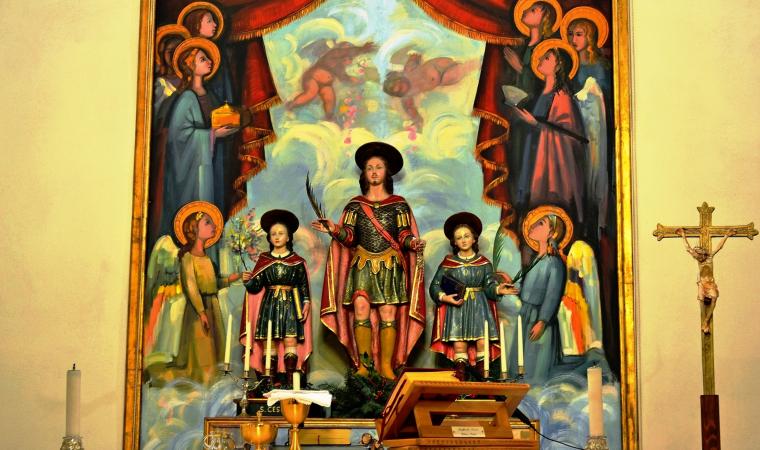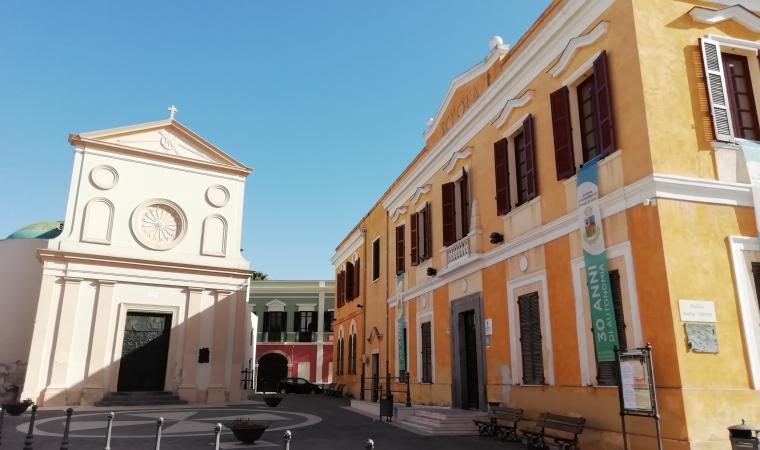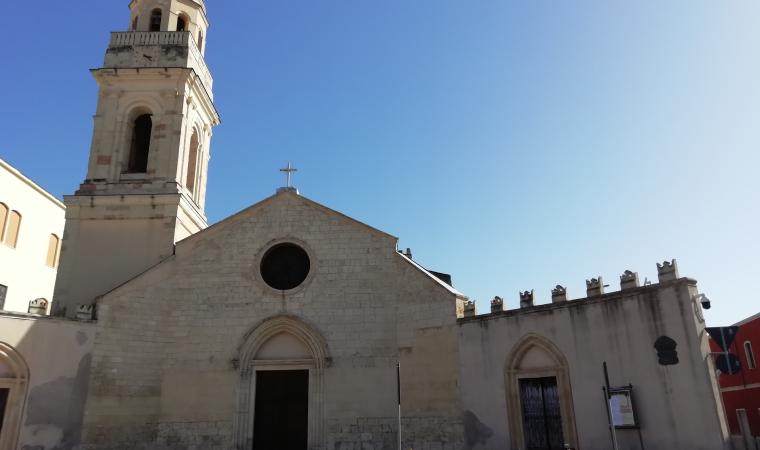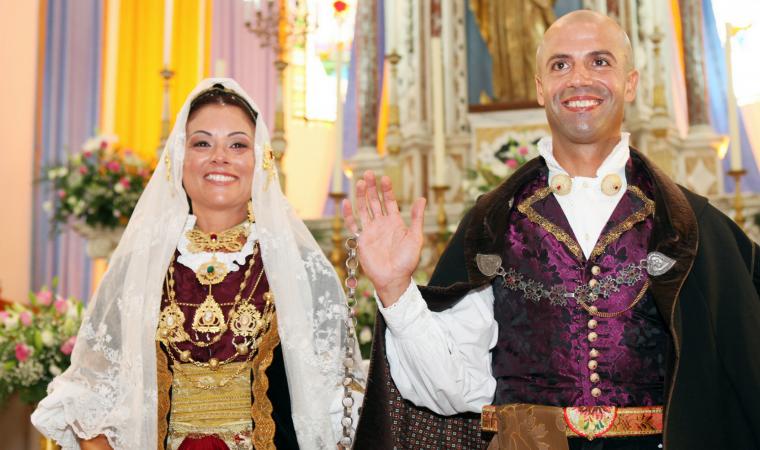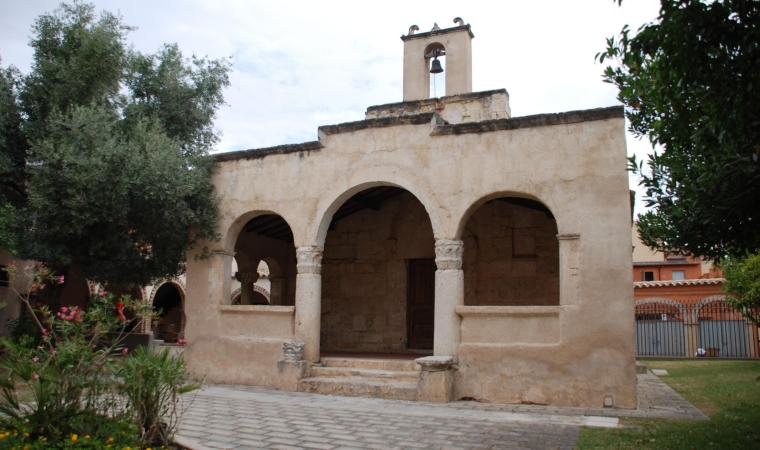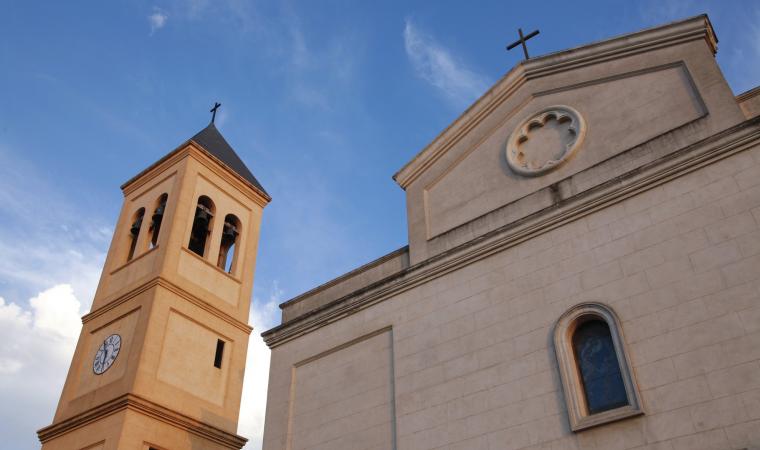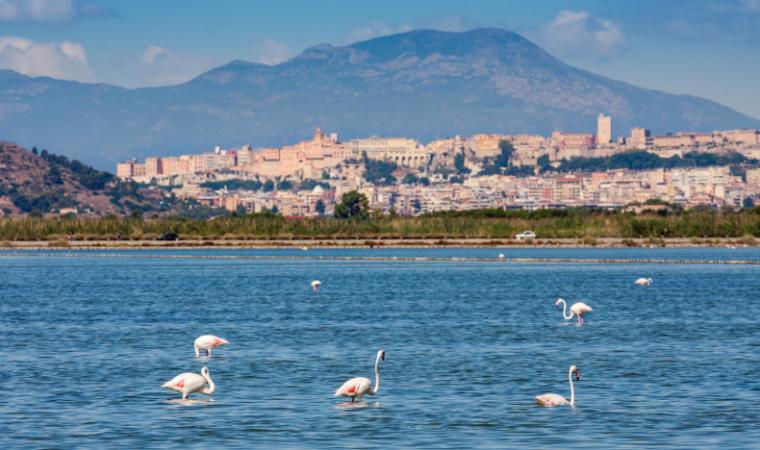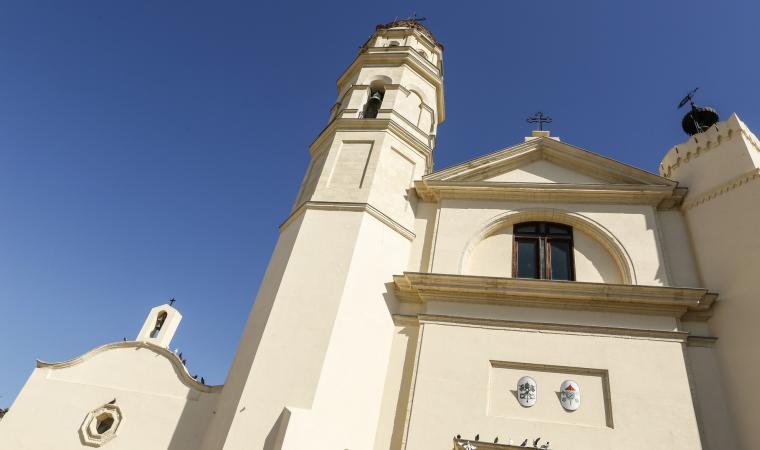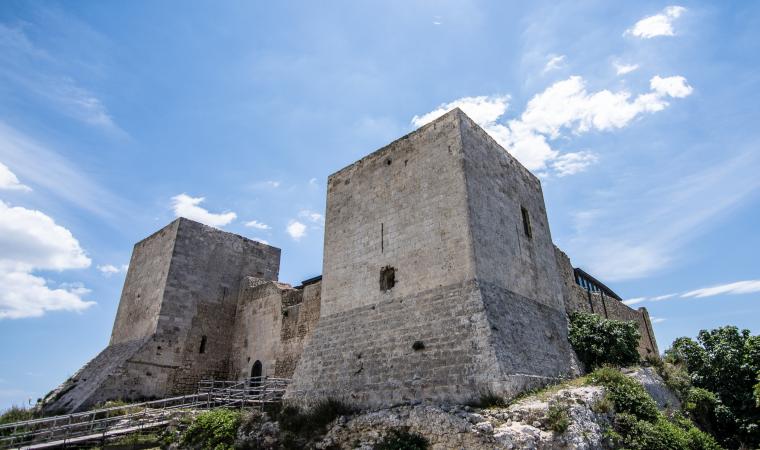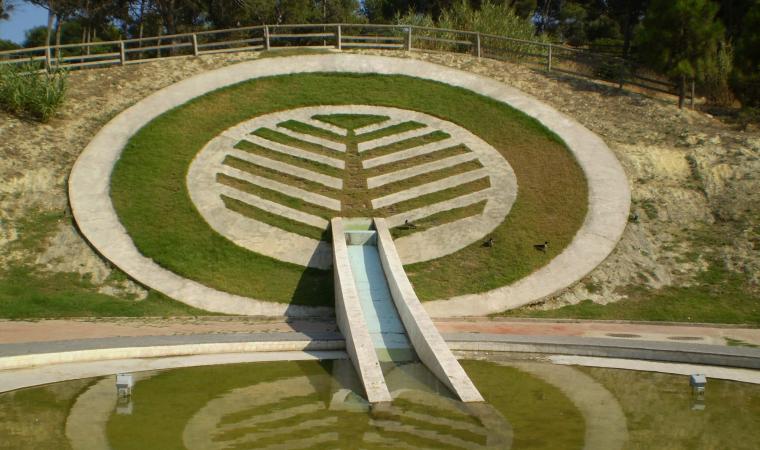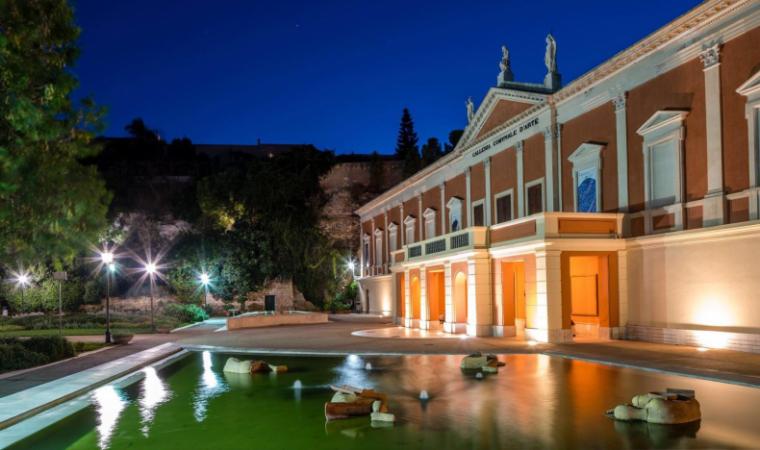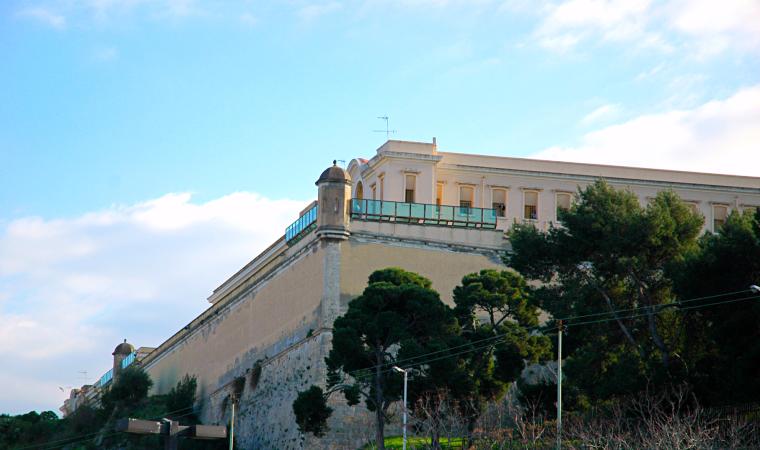It guards fascinating mysteries and is probably one of the oldest Christian places of worship in Sardinia, perhaps contemporary with the Basilica of San Saturnino in Cagliari: its original layout could date back to the 5th or even the 4th century AD. The country church of San Lussorio is located in Serriana, on the outskirts of Selargius, a town in the Cagliari hinterland. A site that has always been frequented, as shown by the adjacent archaeological area of su Coddu: when discovering the sanctuary you can combine a visit to a pre-Nuragic village and observe the traces of numerous wells and holes where the support poles of the wooden huts were inserted.
The dating of the ancient heart of the church is not the only source of uncertainty. In fact, the magnificent sarcophagus kept inside it, also used as an altar in the past, led to the belief that this was the place of martyrdom of the saint it is named after. The name sa cresia de is santus, ‘the church of the saints’, already documented in the 17th century, leaves experts with contrasting opinions: some believe that the church was also dedicated to the child martyrs Cesello and Camerino and, in this case, it would be the only religious building dedicated to the three saints. Others, however, believe that the site on which the church stands was the place of martyrdom of numerous converts.
Outside, you’ll notice a large, elegant arch not far from the façade, the only evidence of the pronaos added by Archbishop Francesco de Esquivel. When you enter, you’ll see a building that was first rebuilt in the 12th century, while the last renovation took place after the bombings in the Second World War. A further mystery is linked to the number of naves: did the original layout include one, two or three? There’s only one today, but it has been suggested that it initially had three naves and that, following collapses that occurred in the 17th century - involving the nave on the right and the apse - it was rebuilt to its current structure on the orders of Archbishop de Esquivel himself. However, the right nave may never have existed, in which case the church would have been created with a double nave layout, similar to other medieval religious buildings on the island.
The sarcophagus of San Lussorio, dating back to the 4th century, is on the left side of the nave. According to legend, it contains the martyr’s remains, but the aedicules on its front façade show symbols of war, suggesting that it belonged to a person with a military rank. Perhaps a venator, a person in ancient Rome whose task was capturing and looking after wild animals for the games at the amphitheatre. The lid has been lost and what happened to numerous other precious furnishings adorning the sanctuary is also a mystery, including a wooden pulpit originally positioned to the right of the altar and a holy water font carved in stone. Still remaining are the three statues of the saints Lussorio, Cesello and Camerino, an oil-painted altarpiece above the altar and a Via Crucis, works by the Selargius-born artist Claudio Pulli.
Once the visit is over, you can also stop to admire the former house of Soro, an early 20th-century Art Nouveau villa joined to the church, where a monastery belonging to the monks of Saint Victor of Marseilles once stood.

